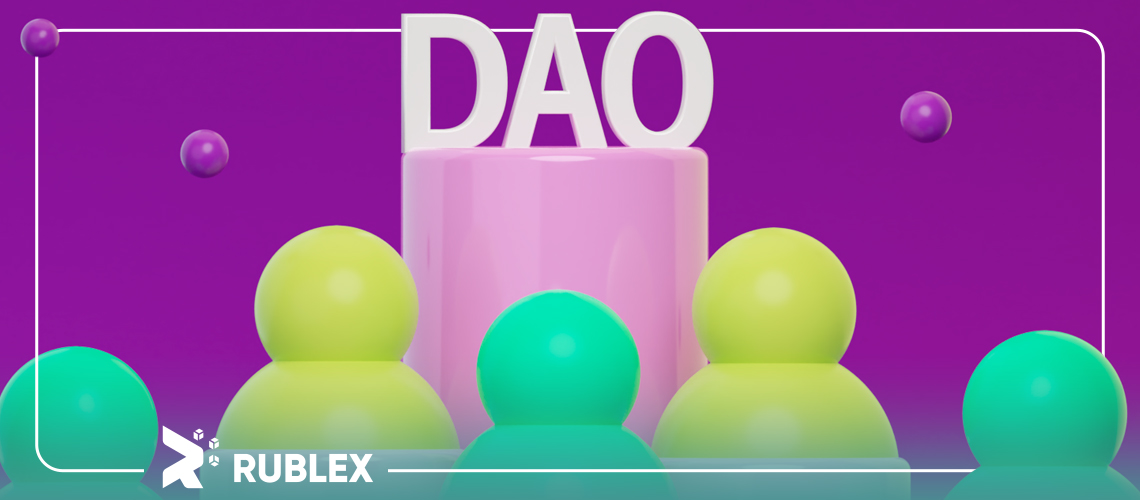The recent developments involving decentralized autonomous organizations (DAO) overseeing Hector Network on the Fantom blockchain and Parrot Protocol on Solana have brought attention to the weaknesses in Web3’s highly touted governance structure. While Web3 champions principles such as self-sovereignty, transparency, and liberation from centralized control, the practical issues faced by these DAOs underscore the need for innovative governance approaches.
The Hector community, a derivative of the Olympus DAO, made a controversial decision in mid-July to disburse its entire $16 million treasury due to significant losses resulting from a June hack and the July Multichain bridging protocol failure. This decision followed a relentless campaign by a group known as the Risk Free Value Raiders, which aimed to portray the project as poorly managed, a tactic previously employed against other projects.
Conversely, the Parrot crypto lending project’s team garnered majority support for a proposal to use $50 million of their $73 million treasury to buy out token holders at a fraction of their initial investment. This proposal sparked widespread anger within the community, partly due to the release of a significant number of unvested tokens by insiders.
The vulnerabilities of the traditional DAO structure extend beyond mission-altering decisions. These flaws have become increasingly apparent as collective governance faces real-world challenges.
One notable issue with majority-rule systems is their susceptibility to coordinated attacks, where external parties amass voting power and seize control for personal gain, disregarding the project’s objectives. Additionally, participatory governance relies on community involvement, which often falls short in practice. Low engagement levels among community members, driven by factors like regulatory uncertainties for institutional investors and a lack of time commitment from retail investors, present practical obstacles to project growth and innovation.
In response, some DAOs have sought to re-centralize certain governance aspects by introducing “emergency override” mechanisms. However, such solutions conflict with Web3’s principles of transparency and decentralization.
The way forward lies in technological innovation, specifically through automation via smart contracts. Smart contracts can automate crucial governance functions, enhancing efficiency while preserving transparency. Automation can guard against detrimental proposals and address voting bottlenecks. However, the community should have a say in determining which decisions are automated, upholding the decentralized nature of DAOs.
To boost community engagement, DAOs can implement mechanisms like vote delegation, enabling members to delegate their votes to trusted experts. Thoughtful design and community input are crucial to prevent exploitation by malicious actors.
In conclusion, the governance shortcomings of DAOs pose a significant challenge for Web3, but they can be tackled through smart contract automation, delegation mechanisms, and a commitment to transparency. By striking this balance, DAOs can remain fully decentralized while seizing opportunities in the ever-evolving DeFi landscape.





